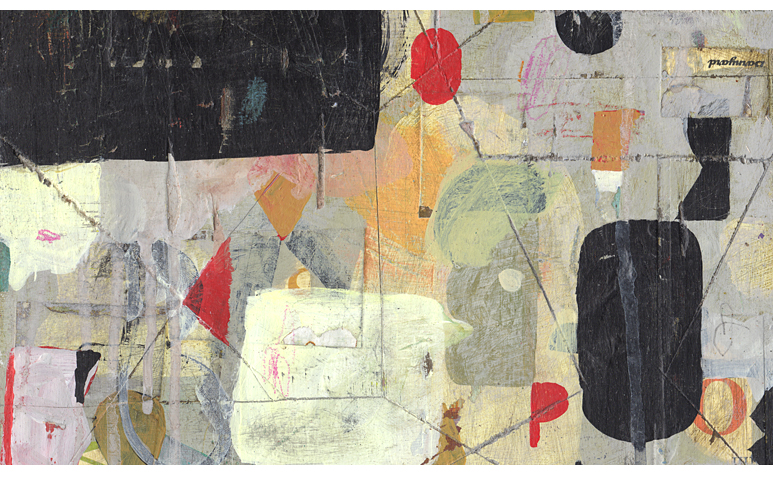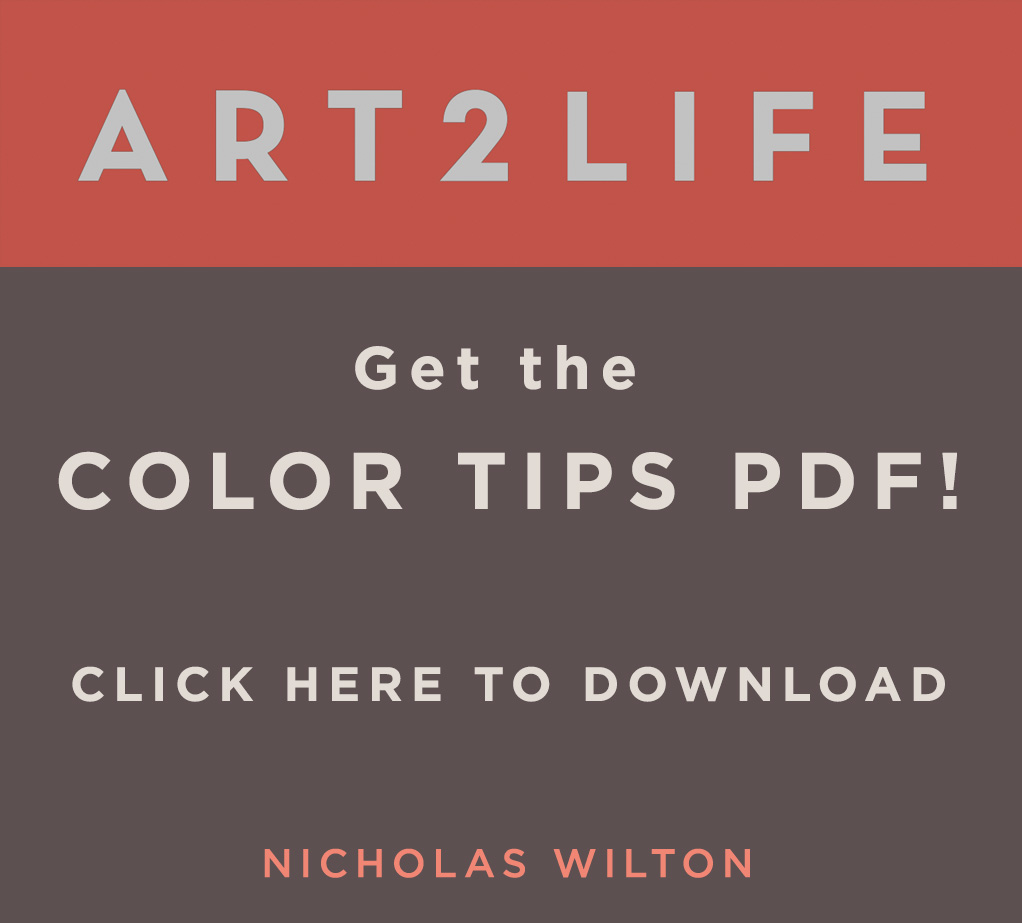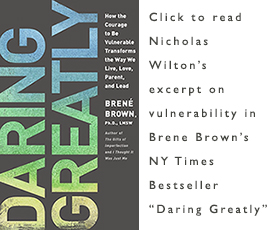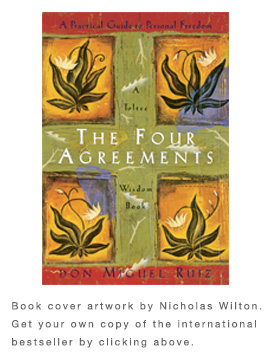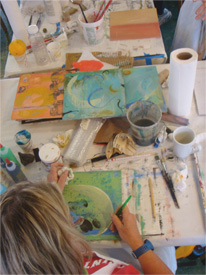Why it’s Great to be an Artist
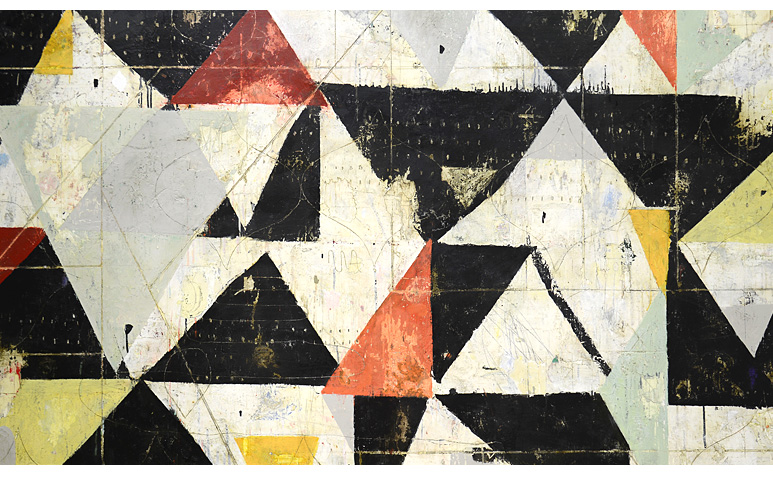 I get up super early these days and ride my bicycle to the studio. This time of year it is quite cold and almost dark when I start. There are not too many people up yet and sometimes I feel I shouldn’t be either. The cars that speedily pass me this early are most likely business people commuting into San Francisco.
I get up super early these days and ride my bicycle to the studio. This time of year it is quite cold and almost dark when I start. There are not too many people up yet and sometimes I feel I shouldn’t be either. The cars that speedily pass me this early are most likely business people commuting into San Francisco.
My doubts about why I am pedaling so early begin to fade as I turn off the busy road onto a stretch of bike path that goes along a wetland. The sun is coming up now and the water begins to shimmer. The egrets, gulls, stilts and pelicans are everywhere. The din of the traffic is gone. This path is mostly empty. In many ways this reminds me of what it is like to be an artist.
It is the path less taken.
Gratitude is too small a word to describe how fortunate I feel to be an artist. On this particularly beautiful morning there are so many reasons why.
Here are just a few.
I love that making Art teaches me about Life.
I love when you mix cadmium yellow light with phthalo green it feels like you’re standing in a tropical rainforest.
I love I don’t know where I am going but somehow I know when I am getting there.
I love that my favorite scraping tool was originally used by a dentist.
I love that making Art is about the exceptions instead of the rules.
I love that there are people in the world who understand and desire what I make.
I love that I can have any colors I desire.
I love that I have laughed out loud when making Art.
I love that sometimes I have cried.
I love that when I make my Art, I always hold on so tightly but when I am done, I have to let it go.
I love that artists are a tribe.
I love that a bad day can turn into a great day when you make Art you love.
Sometimes I pass another cyclist coming the other way on this beautiful stretch of bike path. Maybe it is because there are not many people on this path, or perhaps because they are feeling as I do, we always nod to each other. Sometimes it is just a small wave or a smile, but there almost always is a mutual acknowledgment.
There are just two of us here, moving through this extraordinary place at the same time. The sun is rising, everything is turning golden, there are birds everywhere and, not unlike the journey of an artist, for some miraculous reason most everybody else went the other way.
I love that too.
Why do you love being an artist?
A Dog’s Dinner
Learning how to balance a painting’s composition can be difficult. If you add in too many marks, the piece can become crowded, making it difficult for the viewer to know where to focus.
Fortunately, there’s a simple solution for this. Watch the video and let me know what you think. How do you solve your problem pieces?
In gratitude, Nicholas
PS. I’ve put together a free assessment, designed to help you identify and then solve your biggest art making challenge.
To take it, just go to artlifenew.com.
If you find it useful, please feel free to pass it along to your friends!
This Question Changes Everything
I became somewhat obsessed with this question early on and have been asking myself the same one for my entire life. In my current job of mentoring artists, I now help others find their own answers to this very same question. It is not necessary to even know the full answer but it is imperative to consistently ask yourself,
What inspires you?
It has occurred to me that when you become involved with this question, over time, you get better and better at answering it. The answers change with the passage of time. They become more personal and distinct the more times you think about it. Each time you ask the better the answer becomes.
For many of us this might be the most important question of our lives. It is for me. Every time it is asked, every time we allow ourselves to realign our lives to the answer, our capacity for generating more meaningful art increases.
Moving towards the fire – those things in our life that inspire us and bring us alive – generates creativity. It took me a long time to understand that out of inspiration, doing all manner of things you love, comes creativity. If you are an artist and rely on creativity like me, then it becomes imperative to protect, to nurture all things that inspire you.
I am not just talking about art. I am talking about that yoga class, seeking out and seeing those friends who light you up, taking time in your day to walk in the woods, going to see new kinds of art, taking a workshop to learn something new or just diving into a new world of a book you have wanted to read but just never found the time. It is, of course, different for everyone. It is the practice of discernment. Choosing the big YES! over the small yes or, even worse, the plain and resigned, ok.
It is important to answer the question accurately because often the culmination of the answers and decisions based on this question manifest in what we create, what ends up in our lives. It could be a new business idea, a new relationship, a painting, a novel, a song, a career change or any other countless possibilities. In short, the decisions, the choices derived can either bring us alive or hold us where we have been. We want the former, especially if you are an artist.
We just simply must get it right. Our creative lives depend upon it.
Thankfully, as artists we actually get a lot of practice asking this very important question. The very process of making art is literally thousands (actually, millions) of yes and no decisions based solely on what feels right to you.
In an art process it is all about compromising less and less, eliminating the unfulfilling parts so that eventually what remains is something incredibly potent and meaningful to you. Your art is simply one of your answers made visible.
Our art, therefore, can stand as our personal reminder, a single placeholder of what truly matters to us at that moment. It resides within the bigger context of our art making, a practice that we can return to again and again to try to better answer that essential question: What inspires me?
I am curious. What inspires you?
The Ah-Ha Moment
I’ve been working on this painting that’s been driving me crazy – I just haven’t been able to make any progress on it. Today though, I finally had the breakthrough I’ve been waiting for!
Watch the video and let me know what you think. Have you had any “breakthrough” moments with your work?
In gratitude, Nicholas
How Can I Copy Another Artist’s Work?
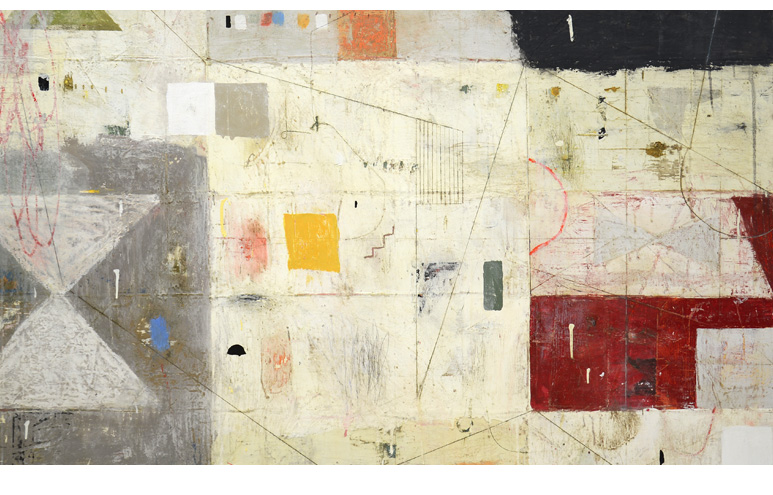 I kind of cringed when I wrote that subject line. I used to think like this. In the past, usually when my art was not going so well, I would look outside of myself for answers. Maybe I hadn’t sold anything or was just feeling kind of unconfident about what I was making. It just somehow seemed that everyone in the world was doing better than me. What ever it is, sometimes when things aren’t going so well here, we look over there, to see what others are making.
I kind of cringed when I wrote that subject line. I used to think like this. In the past, usually when my art was not going so well, I would look outside of myself for answers. Maybe I hadn’t sold anything or was just feeling kind of unconfident about what I was making. It just somehow seemed that everyone in the world was doing better than me. What ever it is, sometimes when things aren’t going so well here, we look over there, to see what others are making.
And then, if you see art that you love and it appears to be doing all the things that yours is not, such as selling or appearing any number of ways, all better than your own work, it does seem logical that you just might make your work more like that work. In fact, you just might try, when nobody is looking, to copy that work.
And that is a problem. Not so much because, as we all have found out, it is not so fun, but because it is not at all the right path to lead you back to where you belong. Where you should be starting. Where you should be paying attention: your Art.
We need to be inspired. It is essential to look at others work. Especially work that is going where you would like to go someday. But we need to do it with a particular set of questions and goals. Ones that help us get the benefits of looking at others work but also keep us in our own artistic lanes. Remember there is something in this art that is calling you to it. And that is what we are after.
Here are the questions I use when falling in love with someone else’s art.
What specifically are the qualities of the admired art that attract you?
Really go deep with this question. Write down the specific aspects you admire.
Compared to your art… Is it more colorful? More loose? Is it the subject matter or the feeling of the finished work that draws you to it?
Does my art have some of these qualities already?
It might be possible that all you need to do is strengthen these qualities in your own work to improve it. In other words you just need to push your art further.
What would I change about this admired work if I were making it?
In other words what don’t you like about it?
In asking and then answering all three of these questions, you are framing this attraction in terms of your own art.
Let others work help inform you about where you want to go. The whole creative world is self-referential. All of us are influencing one another. The successes of others should inspire you. After all, if it possible for them, it is possible for you too.
Take a dive into what others are making, but do it looking through the lens of your own art. You always need to be driving your own car. Not somebody else’s. There is no room in their car anyway for you. Drive yours. Stay in your lane. Sure, listen to the radio as you go, but don’t try to become it. Just listen and let it inspire you as you go. It is the soundtrack to your movie. Your art. Your life.
A Different Frame Of Mind
I recently tried something new – I started working on a piece of canvas pinned to a wood panel. What ended up happening was totally unexpected and so cool!
Watch the video and let me know what you think – what happened when you brought something new to your practice?
In gratitude, Nicholas
Be Bold
I just started working on a painting and already it’s looking pretty good. The problem with this is that it’s too early for this piece to be anywhere near finished. In order to move forward I’m going to have to push the composition and in effect ruin the piece a bit. It’s always a bit scary to do this, but I know in the end it will make the piece stronger.
Do you ever have this with your work? What do you do when the piece starts to look good before it is truly finished?
In gratitude, Nicholas
The Biggest Reason To Make Your Art
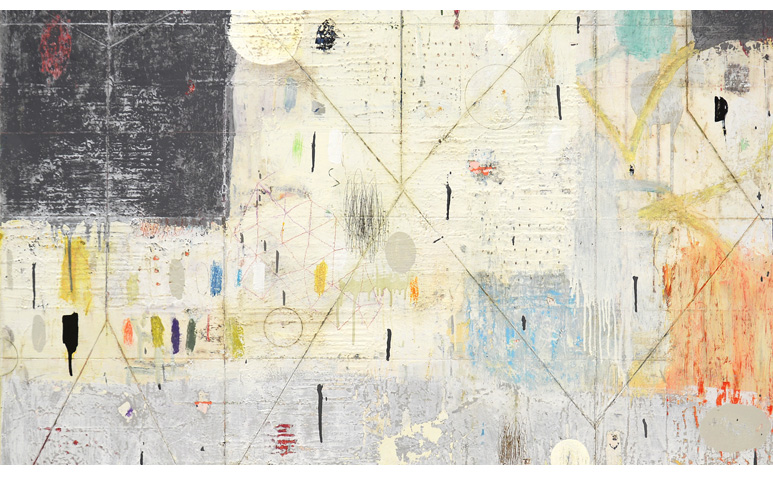 I have just one thought this week and it keeps coming up again and again for me. It has to do with one of the primary, worthwhile reasons to make your art. It has nothing to do with what you hope to get out of it. Not monetarily. Not even notoriety. None of that.
I have just one thought this week and it keeps coming up again and again for me. It has to do with one of the primary, worthwhile reasons to make your art. It has nothing to do with what you hope to get out of it. Not monetarily. Not even notoriety. None of that.
And even though art making is what brings you alive it isn’t even about that part either.
Sometimes Art making is super hard and pushes you to your edge. Some days it feels like you are totally ill equipped to be even trying. Other days you feel like you and your art are on top of the world. But that isn’t the reason I am talking about either.
The reason is entirely outside of ourselves…
And this is it:
Making personal, authentic art gives the rest of the world permission to do the same.
If we have the courage to step it up, to actually investigate what, who and why we are, in connection to our art, then it offers, by example, the possibility for others to do the same. And this has a huge impact in the world.
What begins quietly in your studio by no means stays there. It becomes part of something moving, something bigger.
This shared momentum; this rising tide of creativity and possibility is the best place to be as an artist. I think most of you have experienced this place. The support and inspiration found by witnessing the success of others makes anything possible for the rest of us.
I know first hand that I first make my Art firstly for me but I also know that it is not just about making art for myself anymore. I also know I need to make it for you too. We need to make it for each other.
And that, makes it all even more worthwhile.
Remove to Refine
Art making is so often a process of adding, removing, and then adding again. I do this constantly with lines, which are some of my favorite marks to make.
Watch the video and let me know what you think – what are some of your favorite marks?
In gratitude, Nicholas
It Takes A Long Time To Become Young
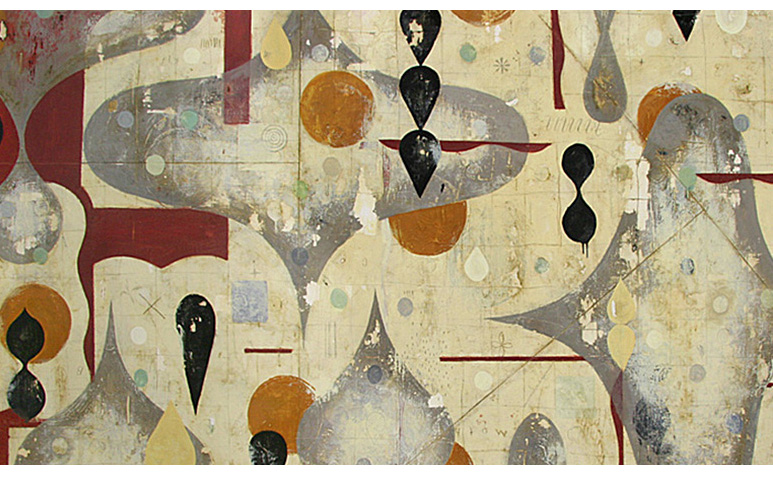 Have you ever noticed that when you are making your art and it is all working out that it is almost as if you are not entirely there? You are driving the bus but it seems like you do not have to try very hard. Almost like it is driving itself. Art making sometimes can feel that easy.
Have you ever noticed that when you are making your art and it is all working out that it is almost as if you are not entirely there? You are driving the bus but it seems like you do not have to try very hard. Almost like it is driving itself. Art making sometimes can feel that easy.
I love it when that happens but it rarely stays that way for long. If I overthink and concentrate too much I lose that ability to just let the art unfold naturally. Instead it feels hard and somewhat forced.
I realize I tend to tighten up when I am over focusing on a new technique or, perhaps, trying something I haven’t before. It seems like the making of the art just goes slower. It becomes more effortful.
However once I have learned that new something, once I have done it a few times it starts to become second nature again. I think it just takes time to integrate new information. And then I start to get those days that art making feels super easy again. It is like I am not even trying.
It reminds me of how I did things as a child. I remember just naturally getting involved in something, following my curiosity wherever it wanted to lead me. There was no agenda. No particular reason to do anything except for the simple joy of doing it. Everything was approached that way.
This is actually how I wandered into art in the first place. It was simply enjoyable.
I found this quote the other day by Pablo Picasso “It takes a long time to become young”
Which got me to thinking.
Maybe that is why it feels so refreshing to occasionally get totally in sync with our creativity. When our art just flows. It feels good, especially now, as busy adults with a world of concerns and long to do lists following us around. Maybe when we fall into that easy place where art making is simply effortless it is a reminder of what is still possible. The way it is supposed to be. Or rather the way it all started out being in the first place when curiosity and joy were simply enough.
